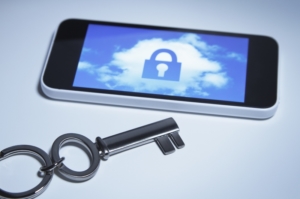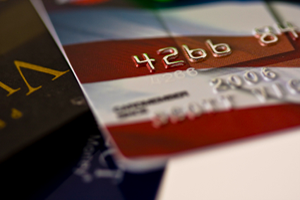How to Block Spammy Scammy Telemarketing Calls
Are you getting a lot of scammy, spammy telemarketing calls? If you are, you know how annoying they are. Fortunately, there are some apps out there that can help. Here are a few apps worth looking into:
 CallApp
CallApp
You can use CallApp to lookup numbers, and then decide if you want to answer it or not. It collects data from users, and then gives you this information when a call comes in. You can get CallApp Crawler for Android phones.
Call Control
This app offers reverse look up, call blocking, and it can even blacklist any unwanted texts, too. It is very easy to use, and it relies on the community to collect spam numbers and submit them to the company. You can get Call Control on iOS and Android phones.
Calls Blacklist
You can use Calls Blacklist to block calls, but there are also other features like scheduling ability or filtering by number prefix. This means you can block numbers that start with a certain combination of numbers, i.e. 803. This app is only available for those with Android phones.
Hiya
Hiya used to be just a reverse look up method, but now it also blocks calls and offers caller ID. This app has access to more than three billion records, but like TrueCaller, your number also goes onto that list. You can get Hiya for both iPhone and Android phones.
Norton Mobile Security
Norton Mobile Security is not necessarily a call blocking app. Instead, it’s a security app that has call blocking as one of its features. This app is perfect for anyone who wants a full security suite on their mobile phone. You can get this app for both iOS and Android.
Safest Call Blocker
Though Safest Call Blocker is simple, it is quite effective at blocking any unwanted numbers coming from robots or telemarketers. Currently, this app is only available for those who use an Android phone.
Should I Answer?
This app blocks calls, looks up numbers, and then categorizes them for easy filtering. It tracks about 500,000 numbers and is available for both iPhone and Android.
TrueCaller
TrueCaller is a popular app, and it holds more than two billion phone numbers. This makes it great at identifying a spammy number. The one caveat of TrueCaller is that it adds your number to the list of numbers it tracks. You can get it for iPhone, Android, Windows Phone, and even BlackBerry.
Robert Siciliano personal security and identity theft expert and speaker is the author of Identity Theft Privacy: Security Protection and Fraud Prevention: Your Guide to Protecting Yourself from Identity Theft and Computer Fraud. See him knock’em dead in this Security Awareness Training video.

 How Did I Get Here?
How Did I Get Here?
 Some of these reasons make a lot of sense. Mainly, what your kid does at age 17 and under, is your responsibility, or in essence, your fault if they screw up. If they send a nude photo, that’s child porn, and that will come back to bite YOU and them.
Some of these reasons make a lot of sense. Mainly, what your kid does at age 17 and under, is your responsibility, or in essence, your fault if they screw up. If they send a nude photo, that’s child porn, and that will come back to bite YOU and them. Real estate agents find themselves in precarious situations all of the time. They also might have to travel into neighborhoods that aren’t as safe as your typical bedroom communities. There are wayward dogs to contend with, random robberies, and the chance that a visitor to an open house has malicious thoughts. A real estate agent was killed in Maryland not too long ago and his killer stole his laptop and phone. He was killed for $2,000.00 in hardware by this shithead with the money on his face.
Real estate agents find themselves in precarious situations all of the time. They also might have to travel into neighborhoods that aren’t as safe as your typical bedroom communities. There are wayward dogs to contend with, random robberies, and the chance that a visitor to an open house has malicious thoughts. A real estate agent was killed in Maryland not too long ago and his killer stole his laptop and phone. He was killed for $2,000.00 in hardware by this shithead with the money on his face. This man, Samuel Little, is now 78-years old, and was booked into jail after being indicted in the death of a Texas woman in 1994. He was brought to Texas from California to face charges. While in Texas, investigators from across the county have come to talk to Little about other murders. Though he claims 90 murders, right now, investigators can connect him to about 30.
This man, Samuel Little, is now 78-years old, and was booked into jail after being indicted in the death of a Texas woman in 1994. He was brought to Texas from California to face charges. While in Texas, investigators from across the county have come to talk to Little about other murders. Though he claims 90 murders, right now, investigators can connect him to about 30.
 But before you freak out, you probably don’t even have a contactless card. Very few cards deployed in the USA are contactless, so that sleeve you use doesn’t protect you from anything. Now if you are overseas or even in Canada, then look at your card and if there is a WiFi looking logo on there, you have contactless.
But before you freak out, you probably don’t even have a contactless card. Very few cards deployed in the USA are contactless, so that sleeve you use doesn’t protect you from anything. Now if you are overseas or even in Canada, then look at your card and if there is a WiFi looking logo on there, you have contactless.

























